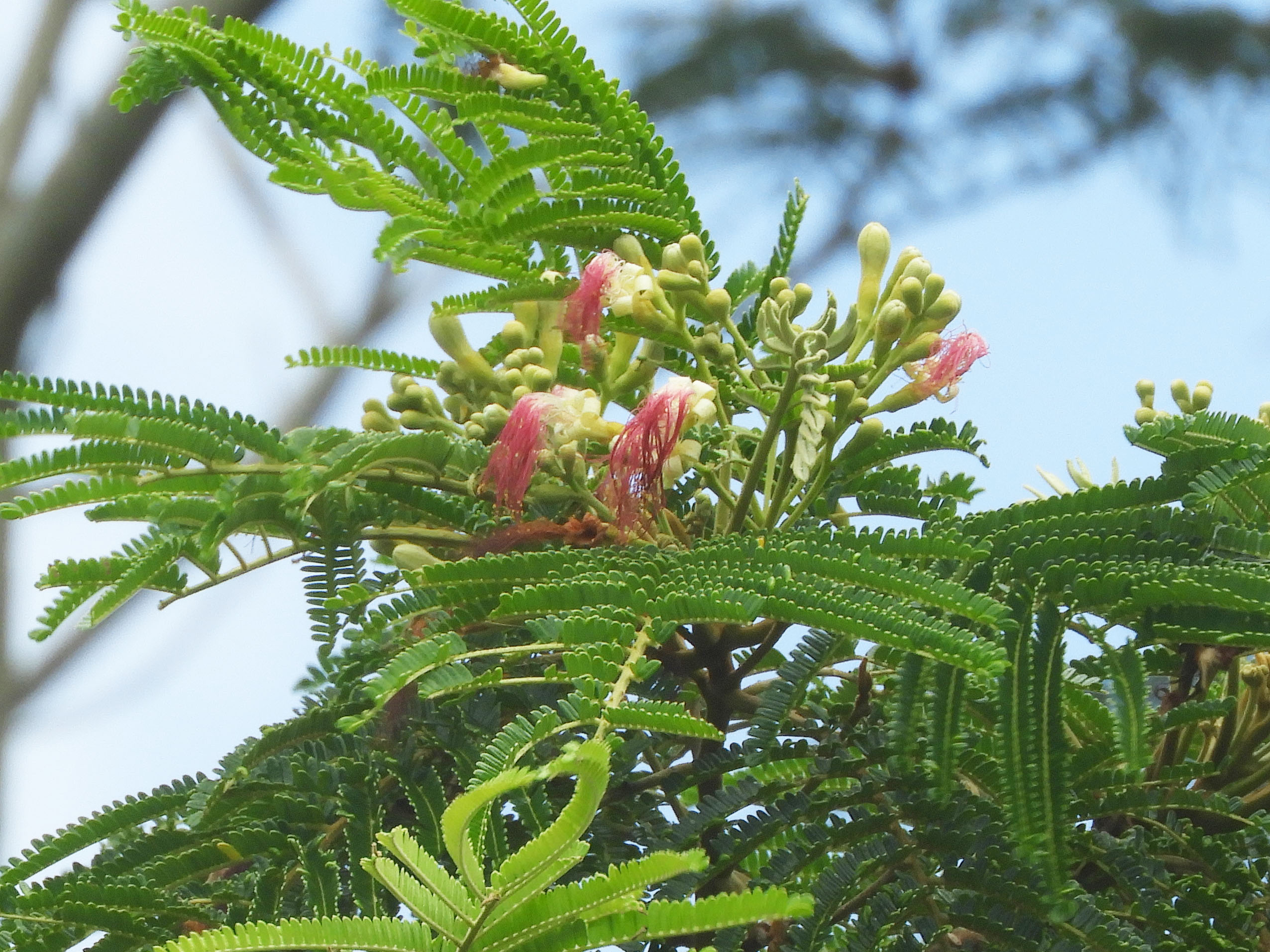Ph.D. Dissertation Defense: Else Demeulenaere – 13 Oct. 2021

So excited to announce the Ph.D. dissertation defense by my student Else Demeulenaere. Please join us at her PhD defense October 13, 2021, 3:30 PM Alaska time!
Please email Else Demeulenaere for Zoom Access: else@uog.edu
Her work at the intersection of biogeography, ethnoecology, social justice and activism is centered around the Indo-Pacific mimosoid plant genus Serianthes. She did an absolutely amazing job with it and has charted new ground for the integration of these disparate disciplines, inferring phylogenetic relationships and biogeography, promoting traditional ecological knowledge systems alongside Indigenous governance structures and advocating succinctly for a co-production of knowledge.

Else Demeulenaere is the Associate Director for Natural Resources, at the University of Guam’s Center for Island Sustainability, where she leads a team of biologists to conduct research on forest and watershed restoration, endangered species protection and recovery. Else is an avid advocate for sustainable living and the protection of Guam’s biocultural diversity. Else is an interdisciplinary PhD candidate in a joint program with the University of Alaska Fairbanks and the University of Guam. Her research focuses on the biogeography and ethnoecology of Serianthes in Micronesia, traditional ecological knowledge of endemic plant species, social activism, and aims to find policies benefiting the protection of Guam’s ecosystems and its people.

Abstract:
Serianthes Benth. (Fabaceae) is one of the most endangered plant genera in the world, with 12 of the 18 species listed on the IUCN Red List of Threatened Species. Serianthes trees are culturally important to island communities of the Indo-Pacific region for canoes, boats, traditional houses, and medicine. Habitat loss and ecosystem degradation increased pressure on these trees, also threatening its Indigenous cosmology and traditional practices. This interdisciplinary study integrated genomic, biogeographic and ethnoecological approaches to develop appropriate policies that protect the Indigenous biocultural diversity of Serianthes. Phylogenomics of 401 nuclear exons and non-coding flanking regions using both a multi-species coalescent model and a partition gene tree analysis confirmed the monophyly of the genus and inferred the biogeography and phylogenetic relationships within Serianthes. The Guåhan (Guam) and Luta (Rota) endemic Serianthes nelsonii (known locally as Håyun lågu and Tronkon guåfi respectively) are closely related to South Pacific species. Serianthes kanehirae from Belau (Palau) and Wa’ab (Yap) are closely related to Malesian and Papuasian species. Phylogeographical patterns of Serianthes in Micronesia are discussed to inform conservation management. The ethnoecological study revealed interspecies relationships between people, animals, and plants remain strong. The traditional use of Ukall and Gumor (Serianthes kanehirae) on Belau and Wa’ab respectively remain part of Belau and Wa’ab’s culture and are intertwined with rituals respecting the spiritual world. On Luta, Tronkon guåfi is an established flagship for endangered species conservation, while the last adult Håyun lågu tree on Guåhan became a rallying point for spiritual resistance when its habitat became threatened by military plans to construct a firing range. Despite its listing as critically endangered by the Endangered Species Act, its habitat is still at risk of being lost. The social movement guided by Prutehi Litekyan brought the community together to protect the Håyun lågu tree based on Indigenous belief systems. The social movement and policy research used a qualitative mixed-method approach to evaluate the dimensions of the Endangered Species Act in relation to environmental justice and biocultural rights. I concluded that a bottom-up co-management approach with polycentric networks best fits the social-cultural system of Guåhan. I propose Indigenous participation and the creation of an advisory council, comprising traditional and scientific knowledge holders, to advise on biocultural diversity preservation in the Mariana Islands.
Ph.D. Committee:
Dr. Stefanie M Ickert-Bond, Committee Chair
Dr. Amy Lauren Lovecraft, Committee Member
Dr. Sveta Yamin-Pasternak, Committee Member
Dr. Kevin Jernigan, Committee Member
Dr. Donald H Rubinstein, Committee Member
Dr. Xiao Wei, Committee Member


One Response
[…] Else used a latte house, an important symbol for the CHamoru people, to depict how the different chapters of her dissertation inform the needed policy change to protect endemic species, biocultural diversity, and sacred places. The latte house can be used to metaphorically describe the process of building a successful Indigenous governance structure that results from the integration of traditional and scientific knowledge systems to produce a co-production of knowledge that ultimately will decolonize policy and guide policy change for conservation of biota. Ph.D. Dissertation Defense: Else Demeulenaere – 13 Oct. 2021 […]